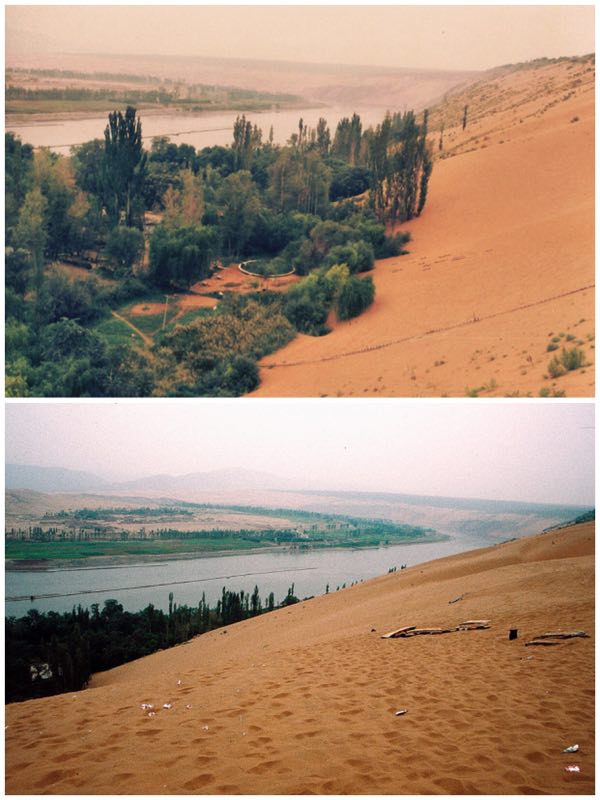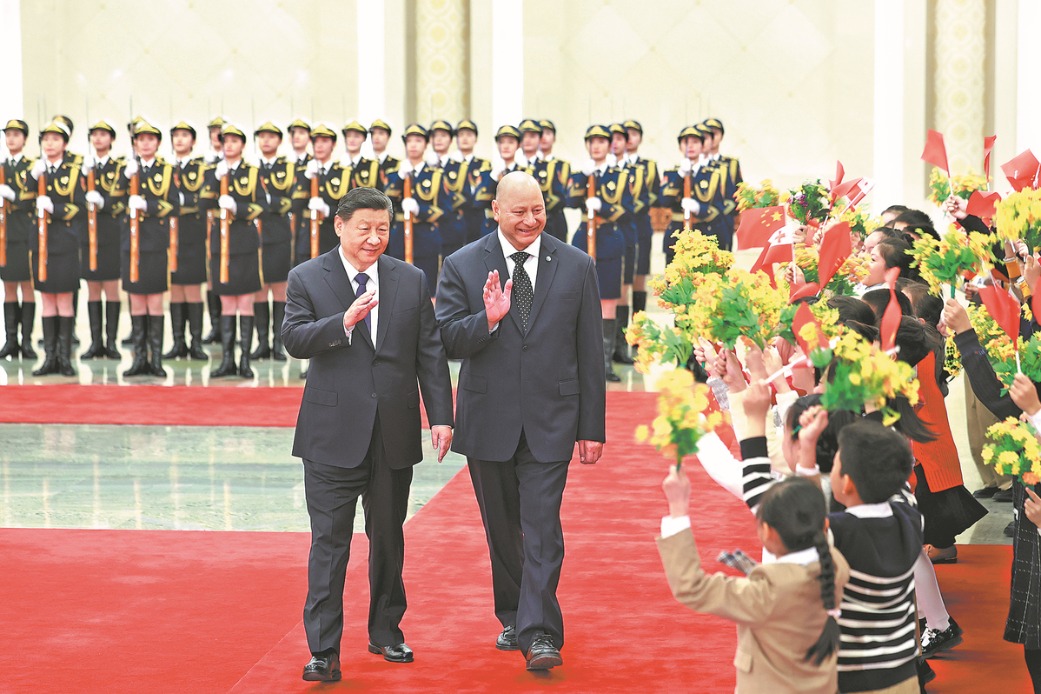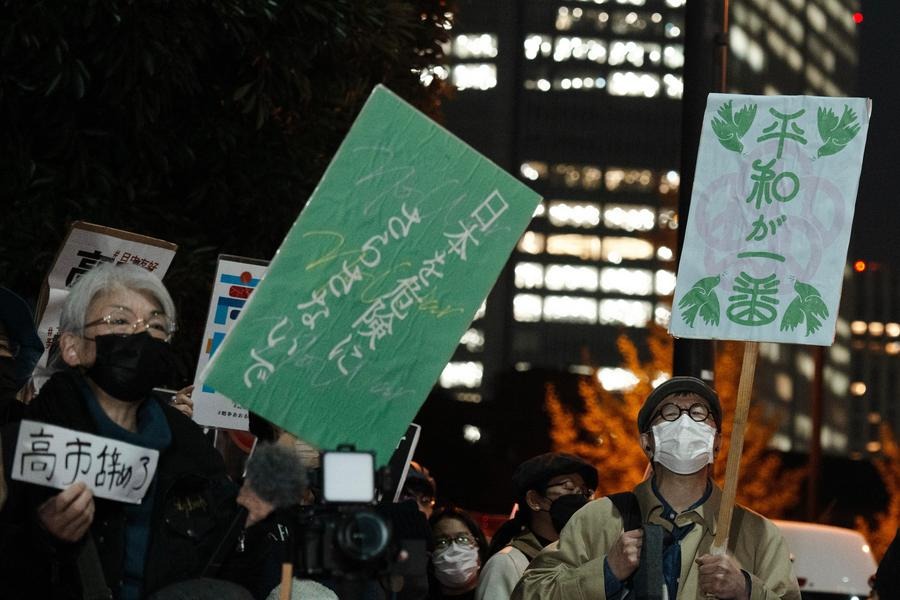Ningxia and its close relationship with Yellow River


Heading northeast, the Yellow River valley widens and is increasingly arable due to a series of large irrigation canals, some dating back to the Han Dynasty (206 BC-220 AD). Over time the network has been expanded, carefully using river water both for agriculture and power generation. In this role Qingtongxia Dam, constructed in 1962, has transformed part of the river into a long lake. Boats transferred visitors across the waters to one of Ningxia’s prime historic sites, the 108 Dagobas (qingtongxia yibai ling ba ta) dating from the Yuan Dynasty. From the pier alongside irrigated rice fields a path leads across to a steeply rising hillside. There, in twelve decreasing rows, resembling a triangular constellation, stretch the small dagobas. The structure is crowned by a singular large one in front of a compact temple containing clay Buddhist figurines. From the summit stretched a panoramic view of the river. With intensive agriculture along its banks, beyond lay the superstructure of the hydro dam. I sat there for a while, looking out and thinking of the role played by this section of the Yellow River, a river so pivotal in the story of today’s China.


































